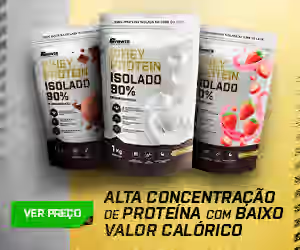Multivitaminico
-
Quem Está Navegando 0 membros estão online
- Nenhum usuário registrado visualizando esta página.
-
Conteúdo Similar
-
- 10 respostas
- 827 visualizações
-
- 10 respostas
- 1.087 visualizações
-
- 11 respostas
- 3.886 visualizações
-
- 13 respostas
- 1.522 visualizações
-
- 3 respostas
- 571 visualizações
-






(1)(2).thumb.jpeg.3cd96d5d8226afac18200b8379b25d9e.jpeg)

Posts Recomendados
Crie uma conta ou entre para comentar
Você precisar ser um membro para fazer um comentário
Criar uma conta
Crie uma nova conta em nossa comunidade. É fácil!
Crie uma nova contaEntrar
Já tem uma conta? Faça o login.
Entrar Agora